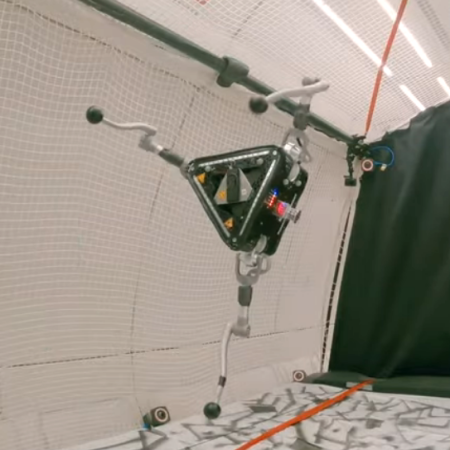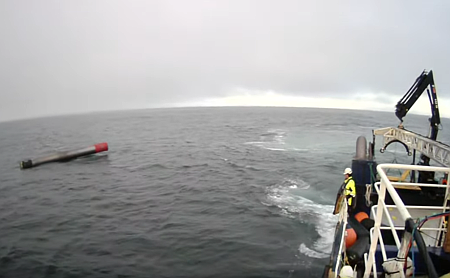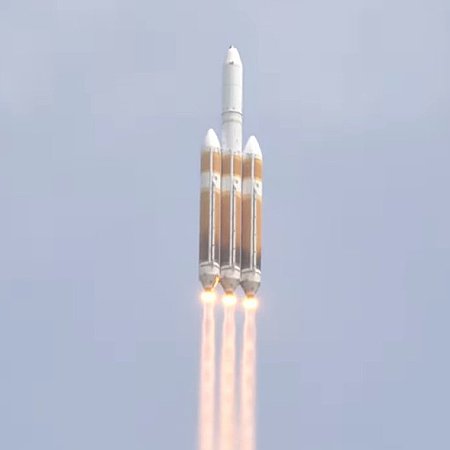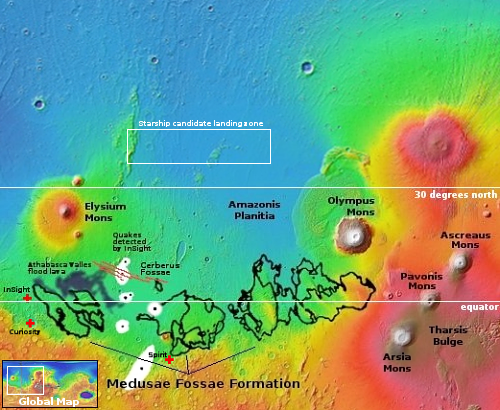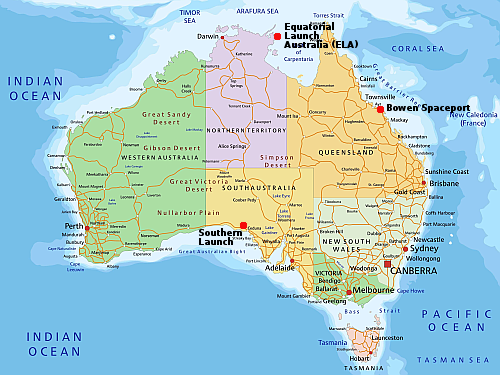FAA to now require that reentry spacecraft get landing license before launch
We’re here to help you! The FAA is now going to require that any company planning to launch a payload or spacecraft into orbit to get both its launch and landing licenses before launch, in order to avoid the situation that occurred last year when Varda launched its capsule and then had difficulties getting its landing license approved due to red-tape confusion between government agencies.
In a notice published in the Federal Register April 17, the FAA’s Office of Commercial Space Transportation announced it will no longer approve the launch of spacecraft designed to reenter unless they already have a reentry license. The office said that it will, going forward, check that a spacecraft designed to return to Earth has a reentry license as part of the standard payload review process.
In the notice, the FAA said that decision was linked to safety concerns of allowing spacecraft to launch without approvals to return. “Unlike typical payloads designed to operate in outer space, a reentry vehicle has primary components that are designed to withstand reentry substantially intact and therefore have a near-guaranteed ground impact as a result of either a controlled reentry or a random reentry,” it states.
While this seems to fall directly under the FAA’s basic authority, to make sure launches and landings pose no risk to the general public, I guarantee it is also going to slow the growth of the new space manufacture industry. I fear that with time approvals will be delayed, some so much that companies will go bankrupt waiting for approval. The FAA will never be able to guarantee perfection in this matter, and as bureaucrats tend to be cautious, expect it to increasingly oppose re-entries by new companies.
We’re here to help you! The FAA is now going to require that any company planning to launch a payload or spacecraft into orbit to get both its launch and landing licenses before launch, in order to avoid the situation that occurred last year when Varda launched its capsule and then had difficulties getting its landing license approved due to red-tape confusion between government agencies.
In a notice published in the Federal Register April 17, the FAA’s Office of Commercial Space Transportation announced it will no longer approve the launch of spacecraft designed to reenter unless they already have a reentry license. The office said that it will, going forward, check that a spacecraft designed to return to Earth has a reentry license as part of the standard payload review process.
In the notice, the FAA said that decision was linked to safety concerns of allowing spacecraft to launch without approvals to return. “Unlike typical payloads designed to operate in outer space, a reentry vehicle has primary components that are designed to withstand reentry substantially intact and therefore have a near-guaranteed ground impact as a result of either a controlled reentry or a random reentry,” it states.
While this seems to fall directly under the FAA’s basic authority, to make sure launches and landings pose no risk to the general public, I guarantee it is also going to slow the growth of the new space manufacture industry. I fear that with time approvals will be delayed, some so much that companies will go bankrupt waiting for approval. The FAA will never be able to guarantee perfection in this matter, and as bureaucrats tend to be cautious, expect it to increasingly oppose re-entries by new companies.

